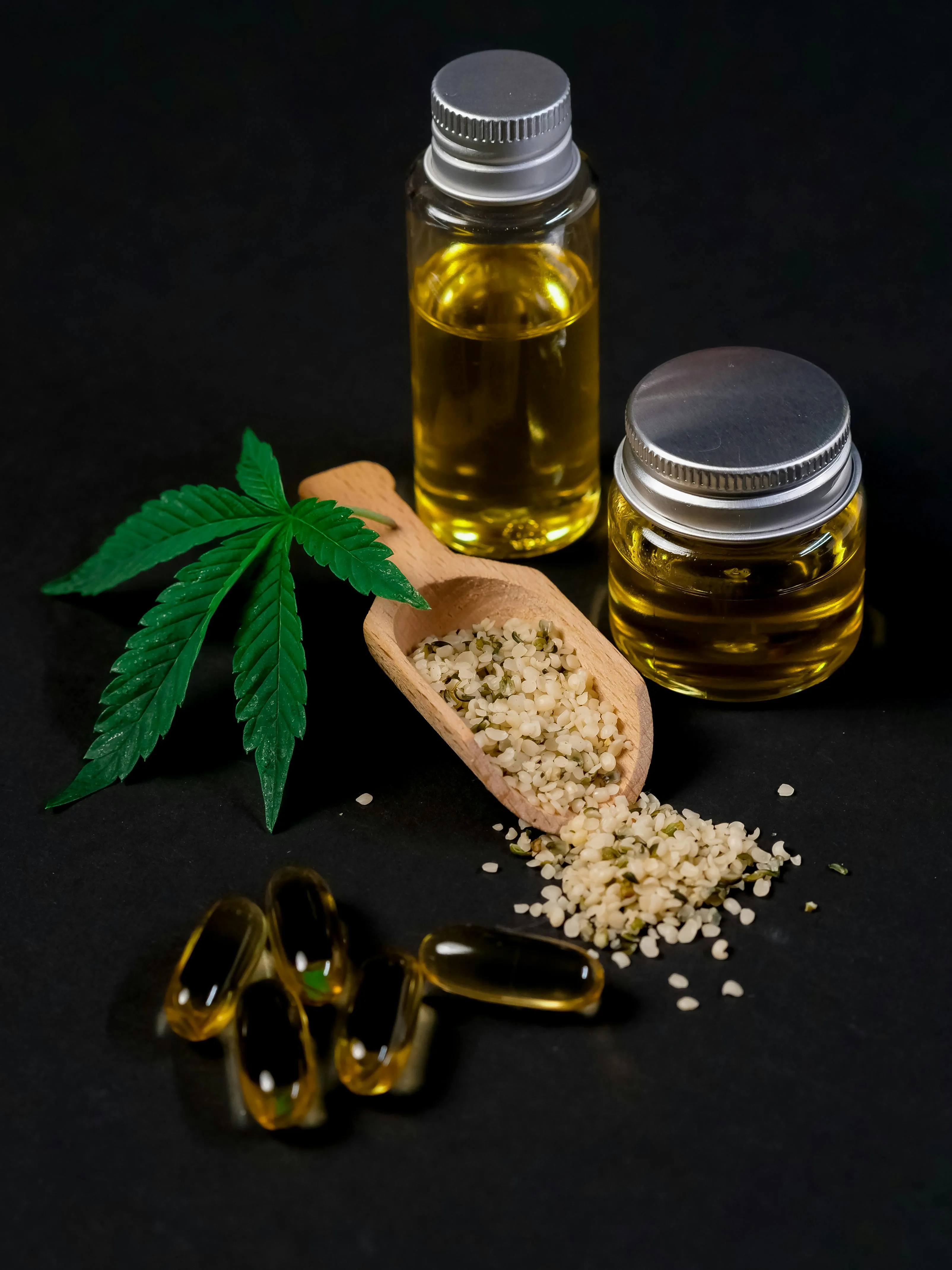Sow What? Your Ultimate Guide to Finding Fantastic Seeds
Ready to dig into the wonderful world of gardening, but feeling overwhelmed by the sheer number of seed options out there? Don’t fret! Choosing the right seeds is the first step towards a bountiful harvest and a thriving green space. This “Green Thumb Guide: Seed Sources” will help you navigate the seed market like a pro and find the perfect varieties for your gardening dreams.
1. Local Heroes: Independent Garden Centers and Nurseries
Supporting local businesses has never been more rewarding! Independent garden centers and nurseries often carry seeds specifically suited to your region’s climate and soil conditions. They’re staffed with knowledgeable individuals who can offer personalized advice, helping you select the best varieties for your space and desired harvest. Plus, these establishments often host workshops and events, making them a great hub for connecting with fellow gardeners.
2. Seed Libraries: Sharing is Caring!
Did you know that some communities have seed libraries? These amazing initiatives allow members to borrow seeds just like books, fostering a sense of sharing and promoting biodiversity. Check online or ask at your local library if they participate in a seed library program. It’s a fantastic way to try out new varieties without breaking the bank!
3. Online Seed Retailers: A World of Options at Your Fingertips
The internet has revolutionized seed shopping, offering a vast selection from reputable online retailers. Sites like Baker Creek Heirloom Seeds, Johnny’s Selected Seeds, and Seed Savers Exchange are just a few examples. You can filter by region, type of plant, maturity time, and even special characteristics like disease resistance or unique flavors. Be sure to read reviews and check for shipping costs before placing your order.
4. Farmers Markets: Direct from the Source
Many farmers markets feature local growers selling seeds alongside their fresh produce. This is a great opportunity to chat with the people who actually grew those plants, gaining firsthand knowledge about their experience and recommendations. Supporting local farmers also ensures you’re getting high-quality seeds adapted to your region.
5. Save Your Own Seeds: A Sustainable Practice
Once your garden starts producing, consider saving seeds from your favorite varieties for next year! This practice promotes biodiversity, saves money, and connects you more deeply with the growing cycle. Be sure to research proper seed saving techniques for each plant type, as some require specific methods for successful germination.
Choosing the Right Seeds: Factors to Consider:
* Climate: Select seeds suited to your region’s climate zone (you can find this information online or at your local garden center).
* Soil Type: Consider your soil conditions – is it sandy, clay-heavy, or rich in organic matter? Choose varieties that thrive in similar environments.
* Sun Exposure: Assess how much sunlight your garden receives and choose plants accordingly.
* Space: Determine the available space you have for planting. Some vegetables, like zucchini, need plenty of room to spread, while others, like carrots, can be grown in closer proximity.
* Personal Preference: Ultimately, choose seeds for plants that you enjoy eating or admire aesthetically!
Happy Gardening!
Remember, selecting the right seeds is just the beginning. Proper soil preparation, watering, and maintenance are crucial for successful gardening. But with a little research and dedication, you’ll be reaping the rewards of your green thumb in no time!